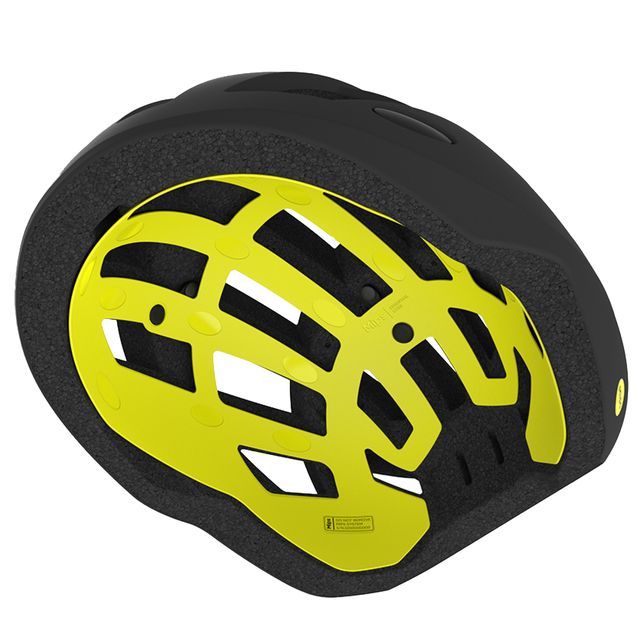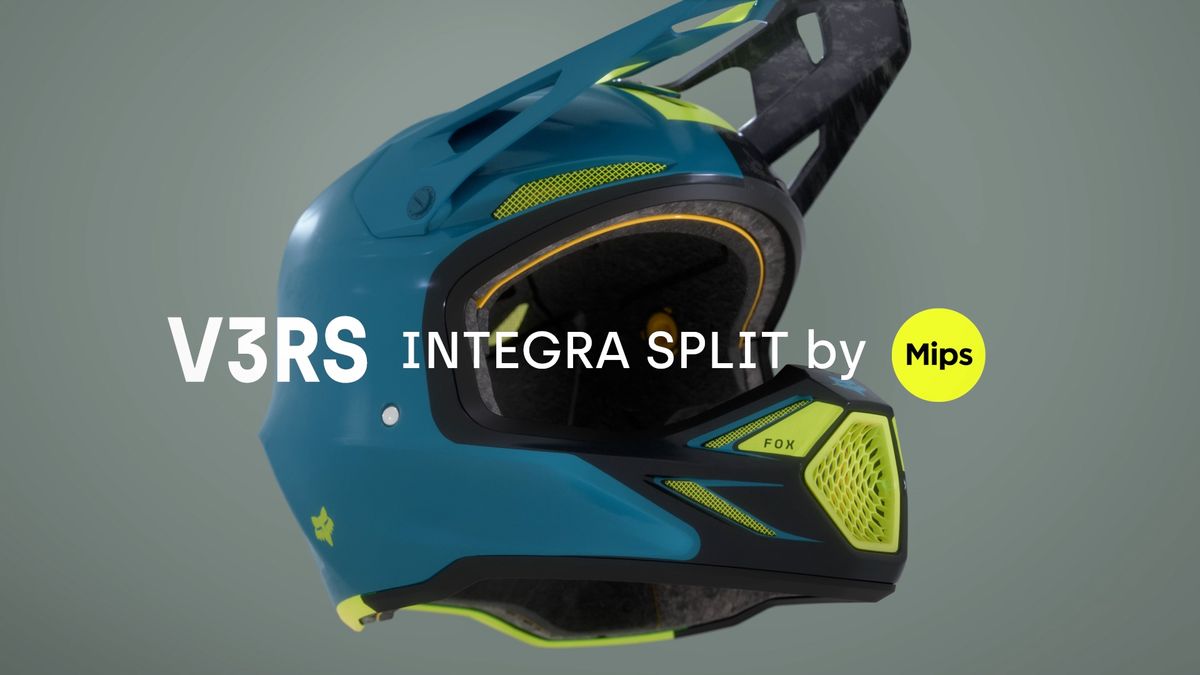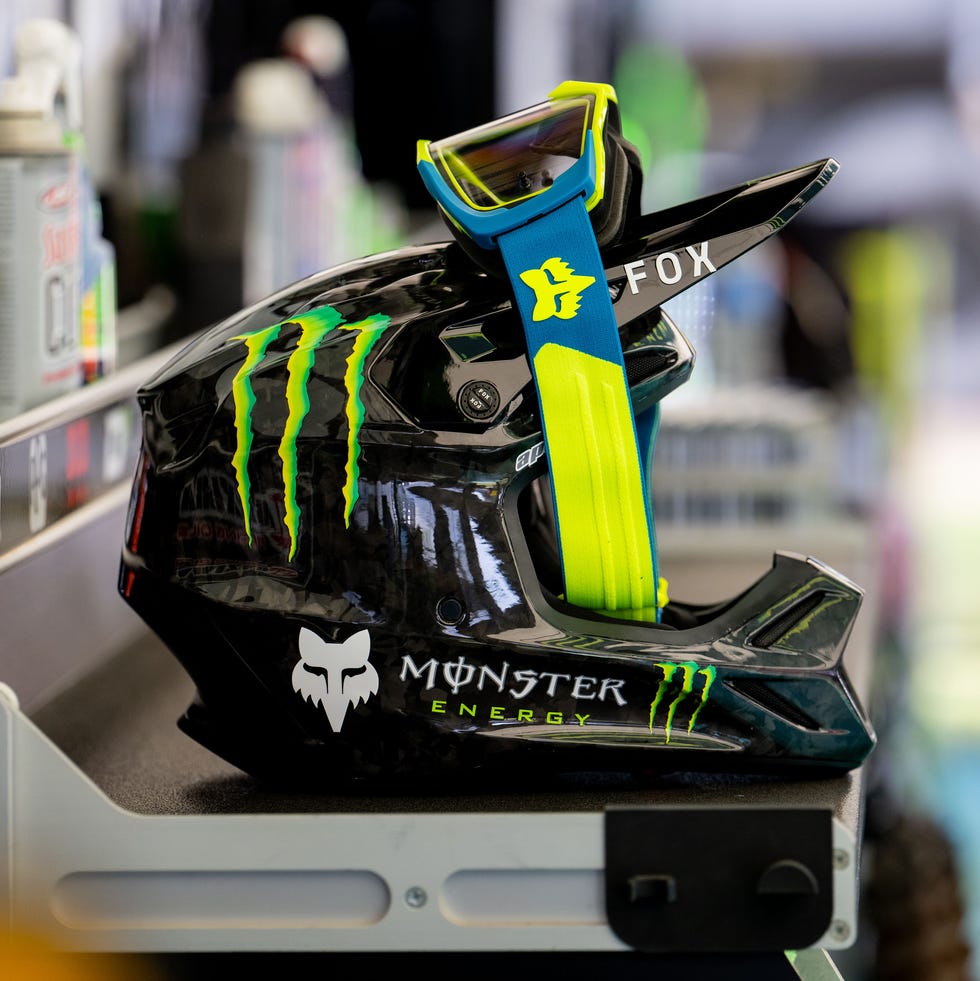Helmets have come a long way in a relatively short period of time. If we look at the sport of motocross in the 1980s, it featured racers like Jo Jo Keller who would roll to the starting gate wearing an open-brain bucket—eating perch as if it were America’s favorite pastime. Fortunately, things are a bit different now with a great deal of research and development being done to make helmets safer. While this is especially important for crash-prone sports like motocross, companies like Mips are making their technology ubiquitous for helmets of all different types.
Mips recently came out with a new technology called Integra Split, which aims to reduce the chances of brain injury during a crash. Hold on to their spirit Leading the world to safer helmetsBrain-saving technology can also be found not only in bicycle helmets, but also in snow helmets, motorsports helmets (including MotoGP), riding helmets, climbing helmets, and construction/industry helmets.
What is MIPS helmet technology?
The Multi-Directional Impact Protection System (MIPS) is a helmet safety system intended to reduce rotational motion of your head during collision. Fox Racing was the first to implement the new technology in their Proframe RS mountain bike helmet and all-new V3 RS motorcycle helmet – shown above.
Mips realized that most accidents rarely happen in a straight line. In the unfortunate event that your head hits the firm ground, you will most likely hit your head at an angle – similar to the way a tennis ball hits the ground. The Mips research team learned this Circular motion It represents a much higher risk of brain damage than linear effects.
Early variants of the system, which debuted in the early 2010s (take Basic Basic Mips eg) incorporating a low-friction layer under the helmet liner that allowed some movement during a crash. The goal was to negate some of that rotational motion that occurred during take-off or direct impact. Then the starting lineup was replaced by Mips integra Products that focus a lot on simplifying Fusion For technology in helmets.
While safety clearly remains a focus of Integra Split’s latest Mips technology, there’s a lot that goes into the helmet design process. The new Integra Split aims to provide the same levels of protection without compromising comfort and breathability.
How does MIPS work?
The first two Mips variants incorporated a movable low-friction layer beneath the energy-absorbing layers. Integra Split technology includes the same low-friction layer, which is now sandwiched between two energy-absorbing layers – allowing 10 to 15 millimeters of movement during impact.
Looking at the video above, you can see that the ‘split’ design features two different sections that are connected to the helmet through ‘spokes’ – that allow it to move. This means that not only can these helmets be made more comfortable, but they can also be ventilated. Mips specifically notes that its low-friction overlays can be custom-made to fit the ventilation, shape, and other features of any given helmet style.
While Mips has a working relationship with Fox Racing, the new Integra Split design allows for easier (and smoother) integration into the helmets. And that actually makes a lot of sense when we see that Mips doesn’t actually sell helmets—they only sell security systems that go inside. This means that Integra split helmets will be more comfortable and breathable, while still providing the same level of protection as before.
What then?
While Mips remains committed to steadily improving helmet safety, raising awareness is an equally important part of its mission. A major component of this involves pushing the boundaries of current helmet standards used around the world. Currently, the latest ECE 22.06 rating for the helmet is the only one in the world that assesses the effects of angular impacts – and these are what produce the rotational motion that Mips wants to prevent.
Mips believes these ECE standards could include rotary motion within three to four years. You may also have heard of the DOT certification used in the US – which also does not include corner impact tests. However, this should not be a cause for concern as ECE certified helmets can also be purchased in the US.
Matt Crisara is an Austin native with an unquenchable passion for cars and motorsports, both foreign and domestic, and as the Automotive Editor for Popular MechanicsHe writes the majority of auto coverage across digital and print. He was previously a contributing writer for Motor1 after his training at Circuit Of The Americas F1 Track and Speed City, an Austin radio broadcaster focusing on the world of motor racing. He received his bachelor’s degree from the University of Arizona School of Journalism, where he raced mountain bikes with the university’s club team. When he’s not working, he enjoys racing sims, FPV drones, and the great outdoors.





